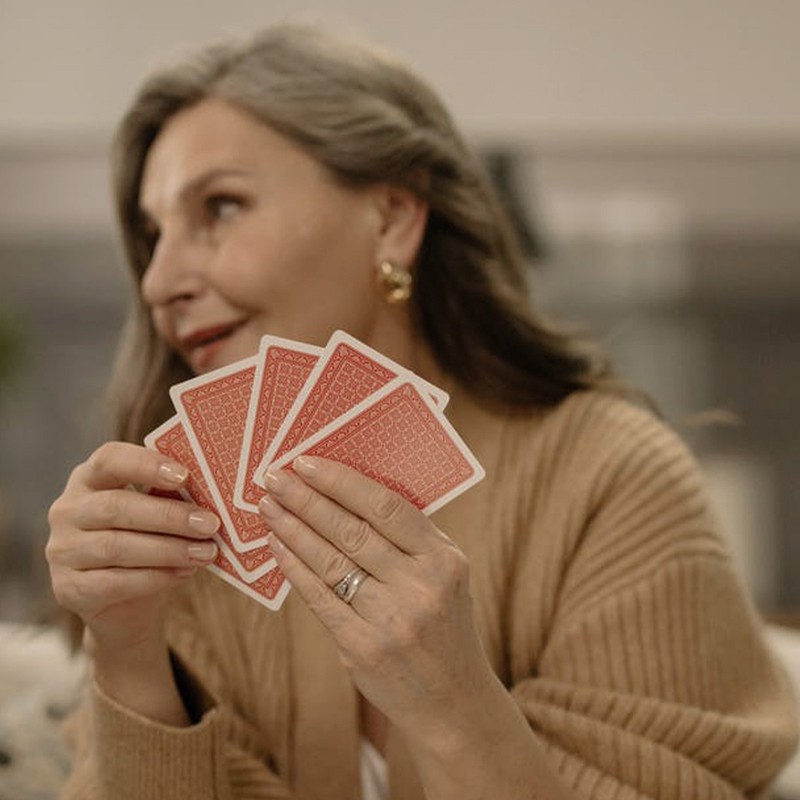
A 101 Guide To Playing Bridge
What’s the aim of the game?
Bridge is a partnership game, consisting of two partnerships between four players. In a pack of cards all 52 cards get dealt out. In the first phase, known as ‘the bidding’ or ‘the auction’, you and your partner have to describe your cards to each other, so you reach a sensible contract. In the second phase, known as ‘the play’, you have to try and achieve your target. In a nutshell, the aim of the game is to estimate how many tricks a partnership can take.
Where should beginners start?
If you’ve never played before, I would suggest you join a club and attend a taster session (after lockdown). It’s a great way to learn the basics and meet like-minded people. Some bridge schools also host practice sessions online at Real Bridge which enable you to play out a series of random deals with other players and learn the basics as you go. You can ask for help at any point of the game and pick up some really useful tips from other players, too. YouTube is also great for learning the basics. As well as learning and playing online, one of the best ways to learn is simply dealing out a pack of cards at home at having a game with friends and family. A crib-sheet or basic primer will help you get started.
How long does a game usually last?
A deal lasts about ten minutes but there are various formats which can take anything from 30 minutes to four hours. It really depends on how you want to play the game.
Realistically, how long does it take to get good?
If you’ve played other trick-based games such as Whist or Hearts, you’ll have a head start as they both have lots of similarities with bridge. You can get to grips with the game very easily and learn the rules within a session or two. If you’re looking to get really good and take things to the next level, it’ll probably take about a year. If you have ambitions to get good, it’s important to put in the work, read bridge books and practise regularly. But when you’re starting out, the most important thing is to enjoy it.
Is it easy to teach yourself?
Yes. With the help of a book, an app, or online tutorials, it’s fairly easy to teach yourself how to play. However, many people need help so it’s a good idea to join a club, or learn from others online, to master the rules and tricks. All you need is a pack of cards to get started, but I’d recommend buying a bidding box to keep your bidding cards organised.
Is it easier to learn with cards or play online?
It really depends on the individual and it comes down to personal preference. Some will learn best from listening or watching an expert run through an interesting deal, while others will learn by dealing out the cards and playing in real time, perhaps even on their own. Try both to see what works for you. Usually, a combination of playing with cards and learning online is a great way to get started.
What are the dos and don’ts when you’re starting out?
Never criticise your partner or point out opposing mistakes. Also, try not to play too slowly or be too laboured which can be boring for others. When playing bridge, it’s important to be flexible and creative. Play confidently and don’t be afraid to take risks!
Are there certain tactics to know about?
If you want to play a more advanced game, the best way to learn about different techniques and tactics is to read a bridge manual or watch online tutorials. My one tactic to remember is to try and count the cards and work out what cards the other players have. It’ll inform you of the rest of the cards in the pack and will help you play more strategically.
For more advanced players, how can you take things up a notch?
Reading books, playing regularly and playing at a club will help you get better quickly. When you play with other players in real life, you can ask them about their tactics and learn about tricks first-hand. For intermediate and advanced players, my online BridgeCast group is a great resource. We launched it at the beginning of the first lockdown and it now has a number of videos categorised by level.
Is it worth having lessons with a tutor?
Most people will need a teacher or tutor at least at some point in their bridge development. However, most top players are self-taught, so it really depends on the individual. If you’re serious about getting really good, a tutor can be incredibly beneficial.
Is bridge suitable to play with younger family members?
Absolutely. Players can start from the age of seven so it’s a great game to teach grandchildren. As each game typically needs four players, the whole family can get involved. Equally, you’re never too old to learn the game – during my time, I’ve taught 90-year-olds. It’s a fabulous game to learn, but it’s the journey that counts. You’ll never stop learning.
Why is bridge associated with retirement?
It is associated with retirement, but in a very positive way. When you’re older, there are fewer physically active options. Sitting down and testing your brain while co-operating with your partner and chit-chatting with the opponents is a pretty good way to spend some time. That said, bridge can be played by people of all ages but if you’re in your 50s and beyond, now would be a great time to learn the game so you can enjoy it later in life, too. Ultimately, bridge is a fabulous game – it has constant variety and competition. In my opinion, it’s the best game humanity has ever devised!
Have you noticed an increase in popularity in bridge in recent years?
In some respects, yes. I’ve noticed that more early retirees are taking it up. Its stuffy image has gone and more people, especially families, have been playing bridge during lockdown.
After lockdown, what groups can you join?
There are lots of bridge clubs up and down the country so, after lockdown, find out what’s going on in your area. Most local communities have some form of group to get involved in so it’s worth doing a bit of research, or even setting up your own!
Where can you play competitively?
Online or in clubs. The Andrew Robson Bridge Club hosts three or more daily online duplicates on BridgeBase Online, as do the English Bridge Union, and The World Bridge Federation.
Ready to start? Below, Andrew shares his top five tips…
1. Be logical. Don’t tell your partner what they already know. Instead, try to tell them what you think they need to know.
2. Concentrate and never take your eye off the game, unless you’re the ‘dummy player’. Even with a bad hand, you can substantially affect the outcome of a game.
3. Count, count and count again. Count high-card points and count shapes, both of which will help you in every game.
4. Think in terms of shapes. For example, ‘They have five spades, three hearts and four diamonds, therefore they have only one club’.
5. Be disciplined with your learning. If you’re reading a book, set yourself a target of learning two tips per day. Don’t keep reading if you’re not really concentrating. It’s important to set realistic goals and test yourself, too.
Andrew’s club is based in south west London. Visit the Andrew Robson Bridge Club for further information. You can also subscribe to his online channel for daily videos where you’ll find several tutorials for beginners.
Shop our edit of books below…
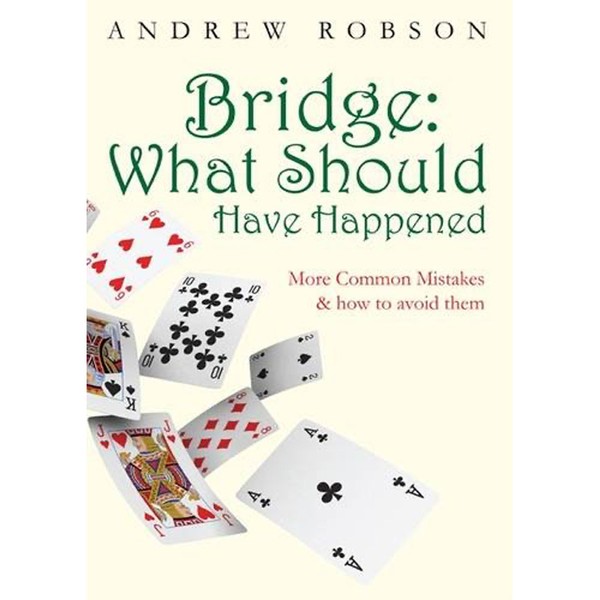
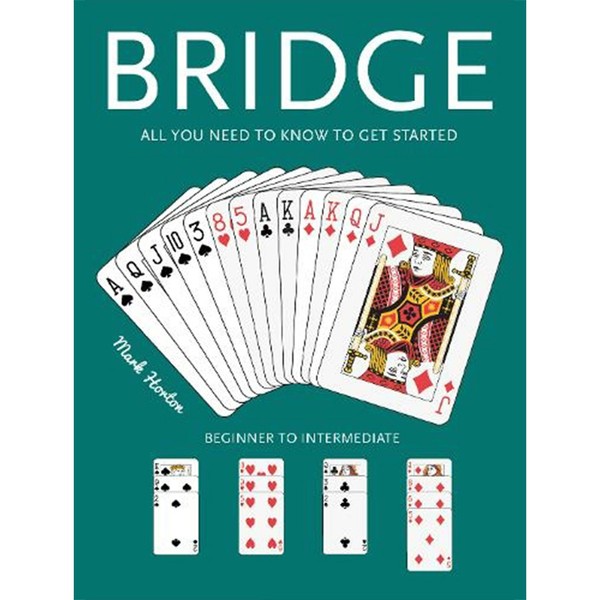
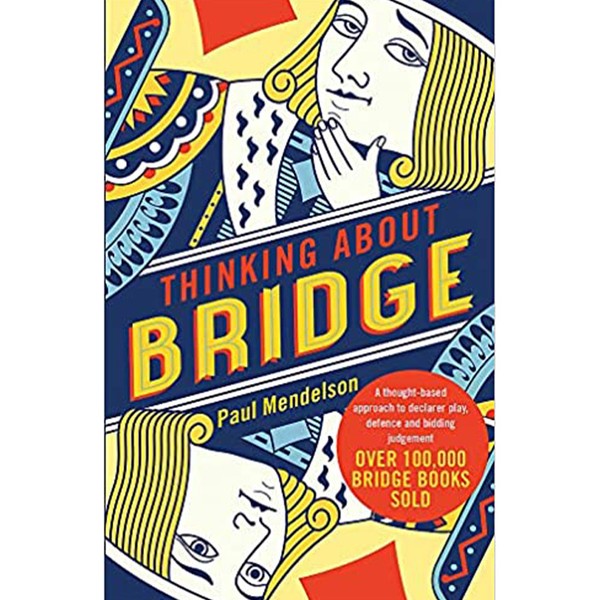
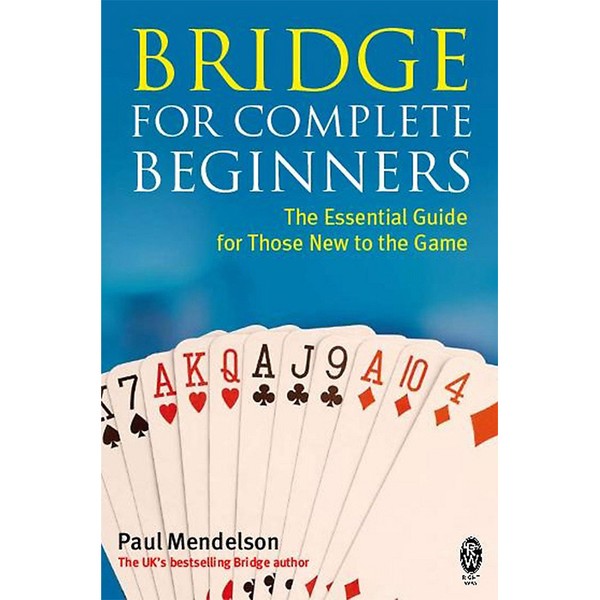
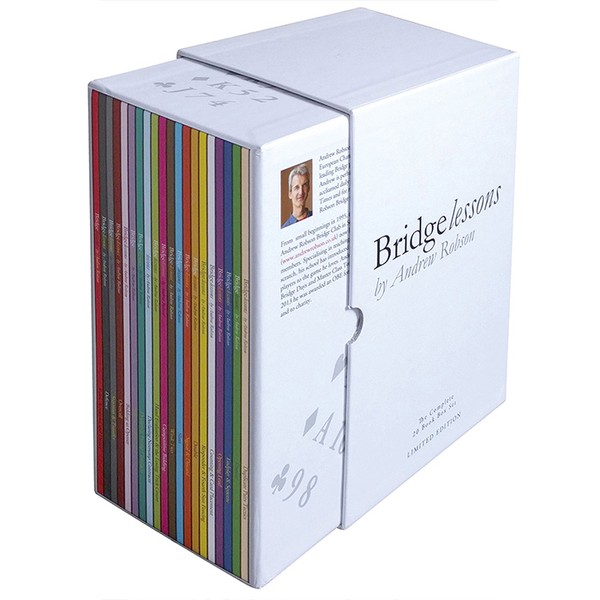
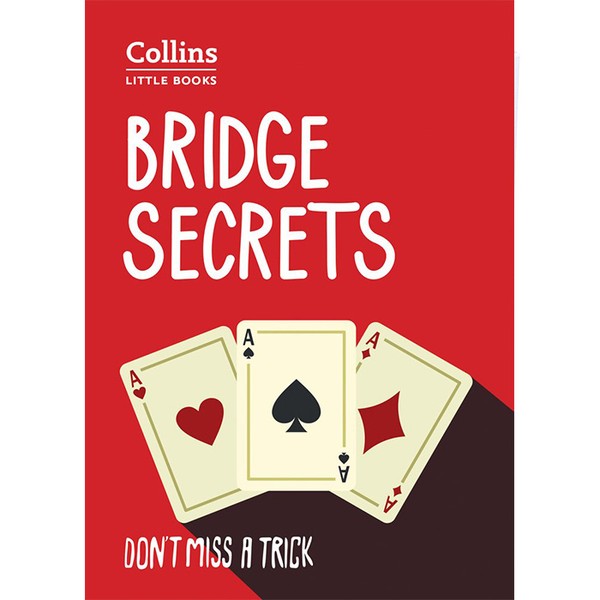
DISCLAIMER: We endeavour to always credit the correct original source of every image we use. If you think a credit may be incorrect, please contact us at info@sheerluxe.com.

